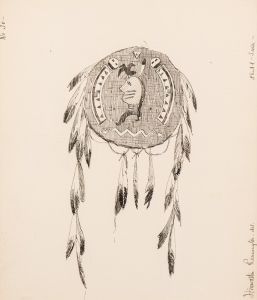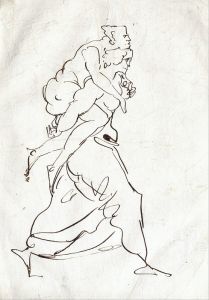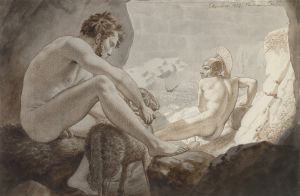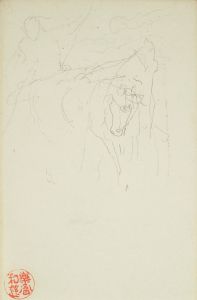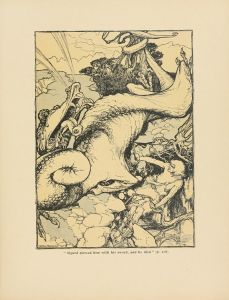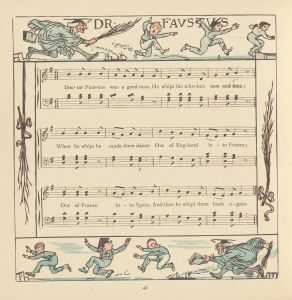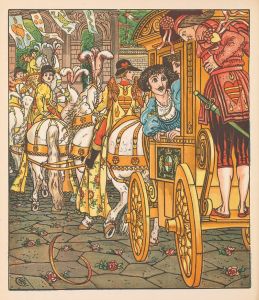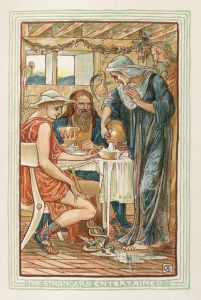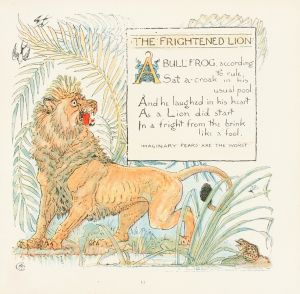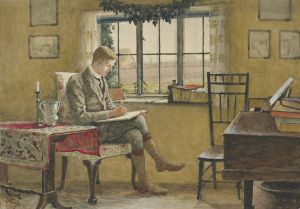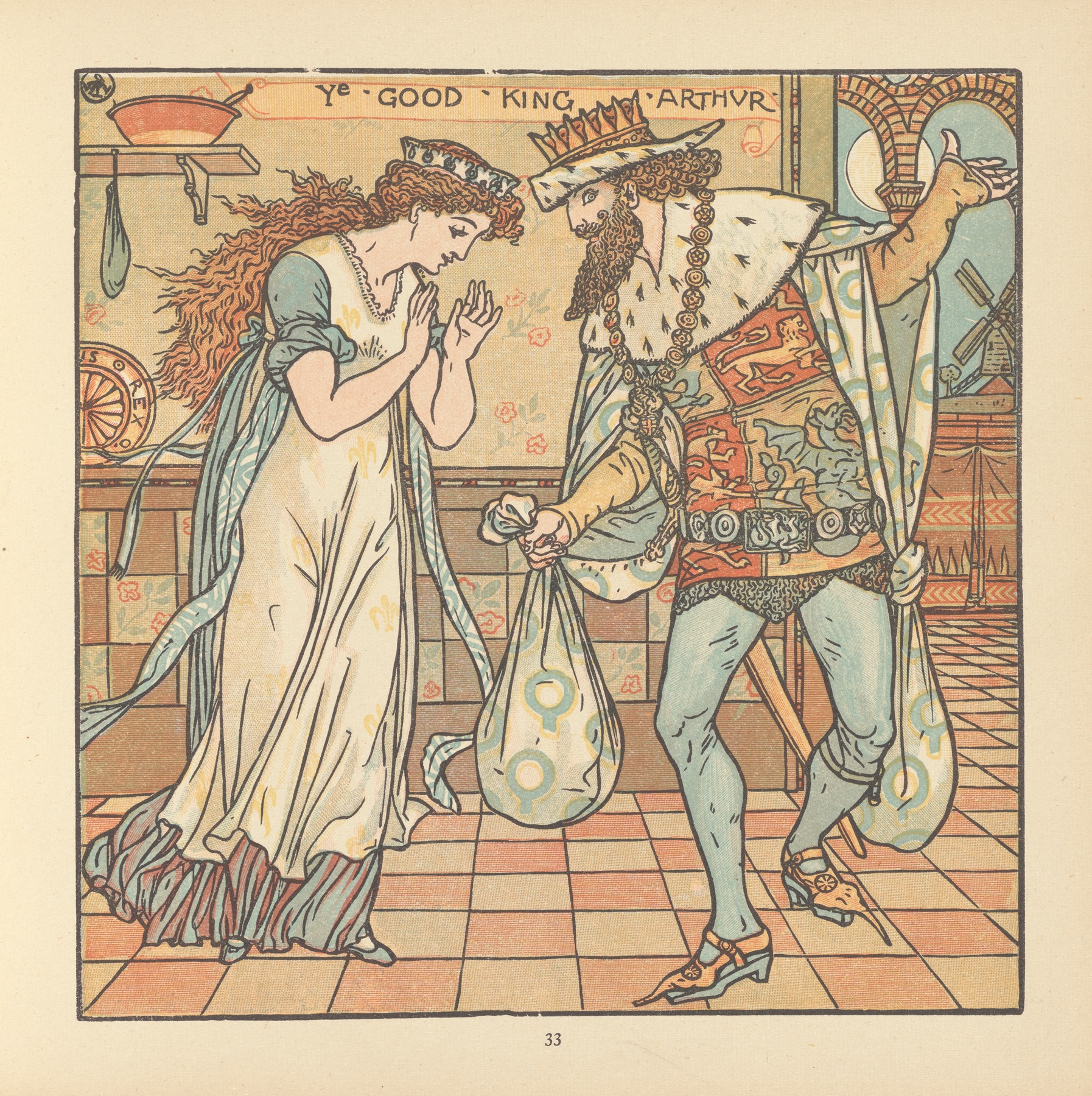
King Arthur
A hand-painted replica of Walter Crane’s masterpiece King Arthur, meticulously crafted by professional artists to capture the true essence of the original. Each piece is created with museum-quality canvas and rare mineral pigments, carefully painted by experienced artists with delicate brushstrokes and rich, layered colors to perfectly recreate the texture of the original artwork. Unlike machine-printed reproductions, this hand-painted version brings the painting to life, infused with the artist’s emotions and skill in every stroke. Whether for personal collection or home decoration, it instantly elevates the artistic atmosphere of any space.
Walter Crane's "King Arthur's Court" is a notable artwork that reflects the artist's engagement with the Arthurian legends, a popular subject in the 19th century. Walter Crane (1845–1915) was an influential English artist and book illustrator, known for his contributions to the Arts and Crafts Movement and his innovative work in children's book illustrations. His style is characterized by its decorative quality, vibrant colors, and intricate details, often drawing inspiration from medieval and classical themes.
Crane's interest in the Arthurian legends was part of a broader Victorian fascination with medievalism and the romanticized past. The legends of King Arthur, with their themes of chivalry, heroism, and adventure, provided rich material for artists and writers of the period. Crane's interpretation of these legends was influenced by his background in design and his commitment to the ideals of the Arts and Crafts Movement, which emphasized craftsmanship and the beauty of handmade objects.
"King Arthur's Court" is one of Crane's works that captures the grandeur and mystique of the Arthurian world. Although specific details about this particular painting are limited, Crane's body of work often depicted scenes of knights, damsels, and mythical creatures, rendered with a sense of elegance and narrative depth. His illustrations typically feature elaborate borders and decorative elements, reflecting his training as a designer and his interest in integrating art into everyday life.
Crane's approach to the Arthurian legends was not just about visual representation but also about conveying the moral and ethical dimensions of the stories. He was known for his ability to infuse his works with a sense of idealism and social commentary, aligning with the utopian ideals of the Arts and Crafts Movement. This movement, led by figures like William Morris, sought to counteract the negative effects of industrialization by promoting traditional craftsmanship and the integration of art into all aspects of life.
In addition to his paintings and illustrations, Crane was a prolific writer and theorist, contributing to the discourse on art and society. His writings often explored the role of art in education and its potential to inspire social change. Through his work, Crane aimed to make art accessible to a wider audience, believing in its power to elevate the human spirit and foster a sense of community.
While "King Arthur's Court" may not be as widely recognized as some of Crane's other works, it remains an example of his dedication to the themes of heroism and beauty. His legacy as an artist is marked by his ability to blend narrative and decoration, creating works that are both visually striking and rich in meaning. Walter Crane's contributions to the visual arts continue to be celebrated for their innovation and their enduring appeal, reflecting a unique vision that bridged the past and the present.





